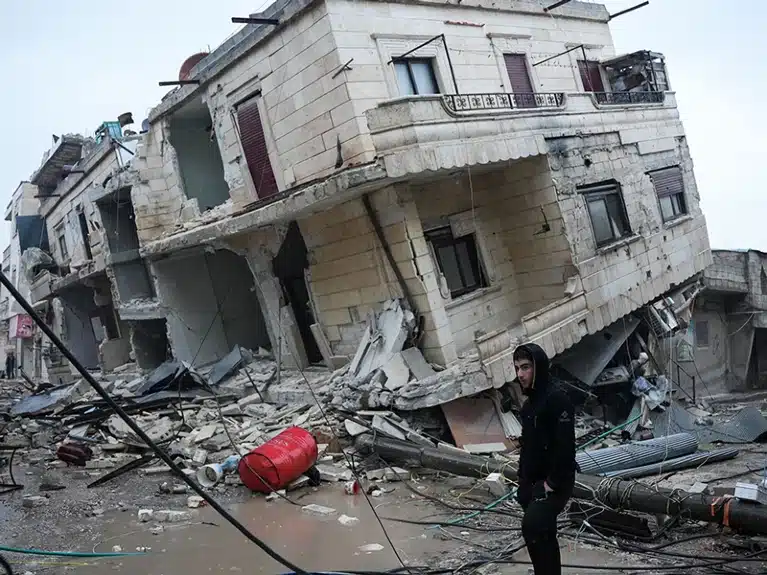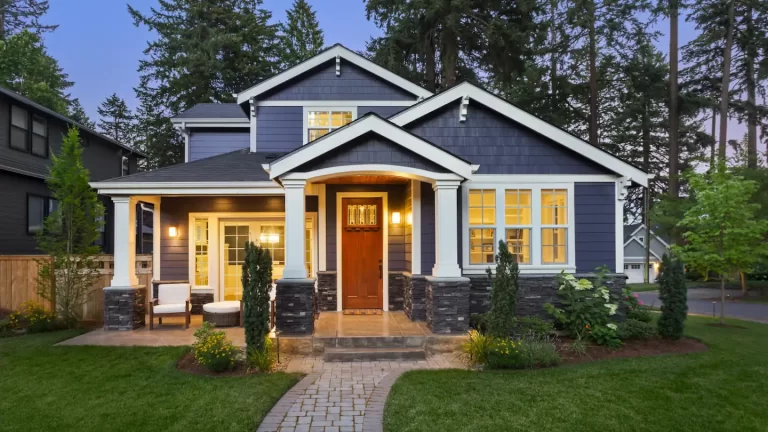Are short buildings more vulnerable to earthquakes?

Susceptibility to earthquakes
Short buildings

High-rise buildings
Other factors
Recommendations
See More: The construction industry is the main engine of economic growth



See More: The construction industry is the main engine of economic growth
Interior design aficionado and writer, exploring the interplay of aesthetics, functionality, and personal spaces. Documenting the transformation of interiors and the art of creating ambiance.

The module-altering console replaces the customary mouse and console arrangement to offer extraordinary speed over advanced media imaginative tasks.Following a fruitful send-off of the first TourBox in 2018, a module-altering has sound, photograph, and video programming, to accelerate an expert’s…

AllbirdsHappy to share our new work for Allbirds. Made for the 2021 Olympics. Allbirds wanted to make a statement about the use of oil-based materials in sportswear and Allbirds' mission to change that! To make this project happen, we teamed up with our good friends and talented people at Playback Design. Echoic on sound. Locker room &…

Southern Dunes Hotel: The Red Sea Project by Foster + PartnersOfficial Name: Hotel 12 on Ummahat Alshaykh Islands / Southern Dunes HotelLocation: Saudi ArabiaArchitect: Foster + partnersProject Name: The Red Sea ProjectRecently, foster + partners have announced their plans for another hotel additionally to…

The comprehensive guide to managing a home build from start to finish,Building a house is a difficult and complex, but very rewarding project.By following a few simple steps, you can help ensure your project is completed on time,within budget, and…

Tulit is an LED lantern by Haechan Ryu that has a design style ideal for interiors and spectacular outdoor performance.Industrial designer Haechan Ryu of Korea creates “Tulit,” an attractive LED lantern with a design aesthetic ideal for interiors and spectacular…

2021 CHP Sustainability ReportFor years, CHP has fully adhered to the principles of ESG (Environmental: being environmentally friendly & promoting circular economy; Social: employee well-being and co-prosperity with the environment; Governance: integrity and fairness) and steered toward achieving sustainability with carbon neutrality as the final goal. This report describes in detail the ESG-related efforts and achievements…

The module-altering console replaces the customary mouse and console arrangement to offer extraordinary speed over advanced media imaginative tasks.Following a fruitful send-off of the first TourBox in 2018, a module-altering has sound, photograph, and video programming, to accelerate an expert’s…

AllbirdsHappy to share our new work for Allbirds. Made for the 2021 Olympics. Allbirds wanted to make a statement about the use of oil-based materials in sportswear and Allbirds' mission to change that! To make this project happen, we teamed up with our good friends and talented people at Playback Design. Echoic on sound. Locker room &…

Southern Dunes Hotel: The Red Sea Project by Foster + PartnersOfficial Name: Hotel 12 on Ummahat Alshaykh Islands / Southern Dunes HotelLocation: Saudi ArabiaArchitect: Foster + partnersProject Name: The Red Sea ProjectRecently, foster + partners have announced their plans for another hotel additionally to…

The comprehensive guide to managing a home build from start to finish,Building a house is a difficult and complex, but very rewarding project.By following a few simple steps, you can help ensure your project is completed on time,within budget, and…

Tulit is an LED lantern by Haechan Ryu that has a design style ideal for interiors and spectacular outdoor performance.Industrial designer Haechan Ryu of Korea creates “Tulit,” an attractive LED lantern with a design aesthetic ideal for interiors and spectacular…

2021 CHP Sustainability ReportFor years, CHP has fully adhered to the principles of ESG (Environmental: being environmentally friendly & promoting circular economy; Social: employee well-being and co-prosperity with the environment; Governance: integrity and fairness) and steered toward achieving sustainability with carbon neutrality as the final goal. This report describes in detail the ESG-related efforts and achievements…

The module-altering console replaces the customary mouse and console arrangement to offer extraordinary speed over advanced media imaginative tasks.Following a fruitful send-off of the first TourBox in 2018, a module-altering has sound, photograph, and video programming, to accelerate an expert’s…

AllbirdsHappy to share our new work for Allbirds. Made for the 2021 Olympics. Allbirds wanted to make a statement about the use of oil-based materials in sportswear and Allbirds' mission to change that! To make this project happen, we teamed up with our good friends and talented people at Playback Design. Echoic on sound. Locker room &…